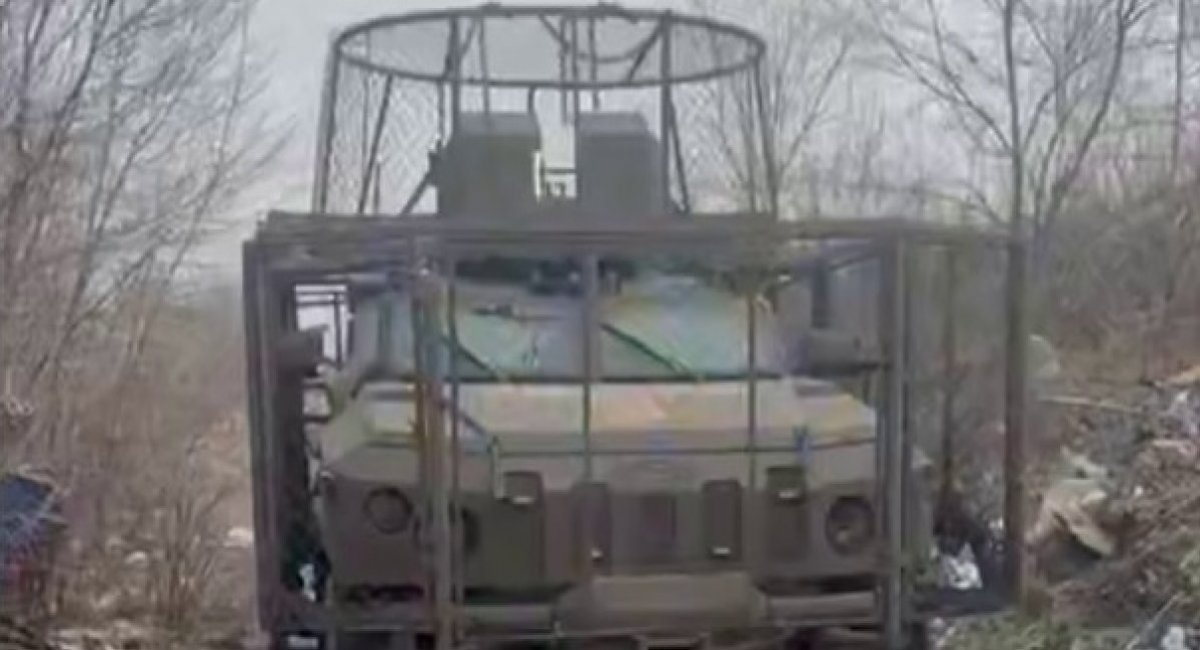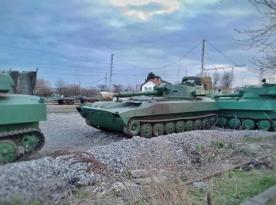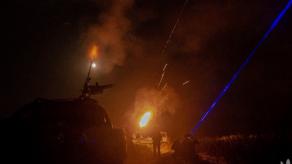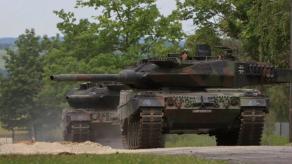During a combat mission, a Ukrainian Novator armored personnel carrier survived a direct hit from an FPV drone without damage and continued moving, thanks to an anti-drone mesh installed on its roof.
The episode, captured on video, shows the Novator driving along when it is suddenly attacked by a russian explosive drone. The crew noticed the threat seconds before impact, but the FPV drone still managed to reach and strike the vehicle.
Read more: Ukraine Created Anti-Drone Protection For Caesar Howitzers — Does It Actually Work?
AFU' "Novator" armored personnel carrier withstands the strike of enemy FPV drones and moves on. pic.twitter.com/vRiSFUaPUG — MAKS 25 (@Maks_NAFO_FELLA) July 19, 2025
However, the slat armor atop the hull absorbed the hit, preventing serious damage. Not only did the crew survive, but the vehicle remained operational and kept moving — a clear demonstration of how effective even improvised protection can be when it counts.
Here much of the credit also lies with Novator's standard armor, which helped further reduce the impact. Since the vehicle is often equipped with electronic warfare systems, it's possible the strike was carried out by a fiber-optic drone (those usually have slightly smaller warheads). That said, without more details, it remains nothing but a speculation.
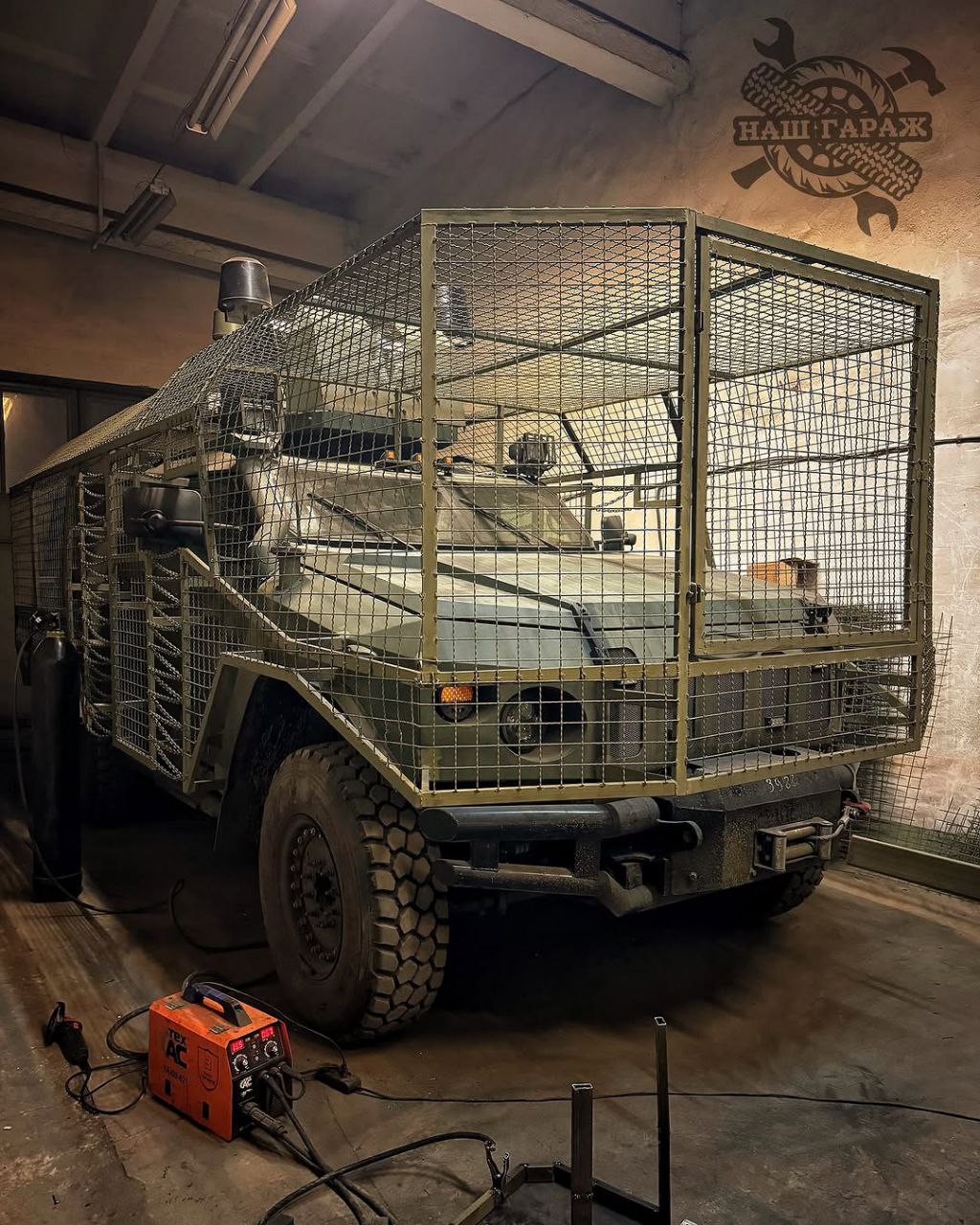
As FPV drones became widespread on the battlefield, military vehicles began to receive various countermeasures. Initially, these focused on electronic warfare systems designed to jam control signals — but these systems couldn't cover all frequencies.
Over time, drones more resistant to jamming appeared, including the jam-immune types controlled via fiber-optic cords and models with autonomous targeting, which significantly reduced the effectiveness of EW systems.
In parallel, another line of defense emerged: physical anti-drone structures made from slat armor, mesh, or improvised materials. This approach gained popularity first with russian armored vehicles and artillery systems.
Ukrainian forces have since adopted similar protective measures. In particular, Ukraine developed a specialized anti-drone hood for tanks. Even russians acknowledged this solution as effective.
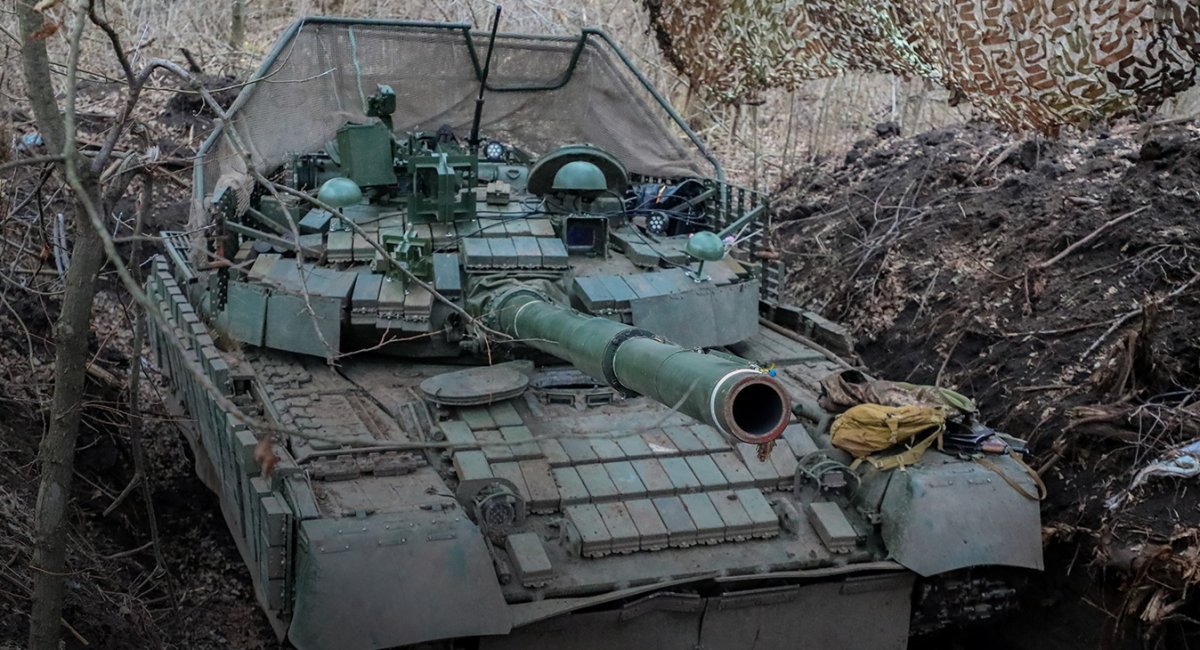
Other military vehicles are now regularly equipped with protective mesh armor or screens that cover the entire hull. These upgrades are installed both by defense manufacturers and by field repair teams using mobile workshops.
Such protection has also extended to artillery. Recently, a French-made Caesar self-propelled gun was spotted with added mesh shielding around the cabin, ammunition rack, and gun unit.
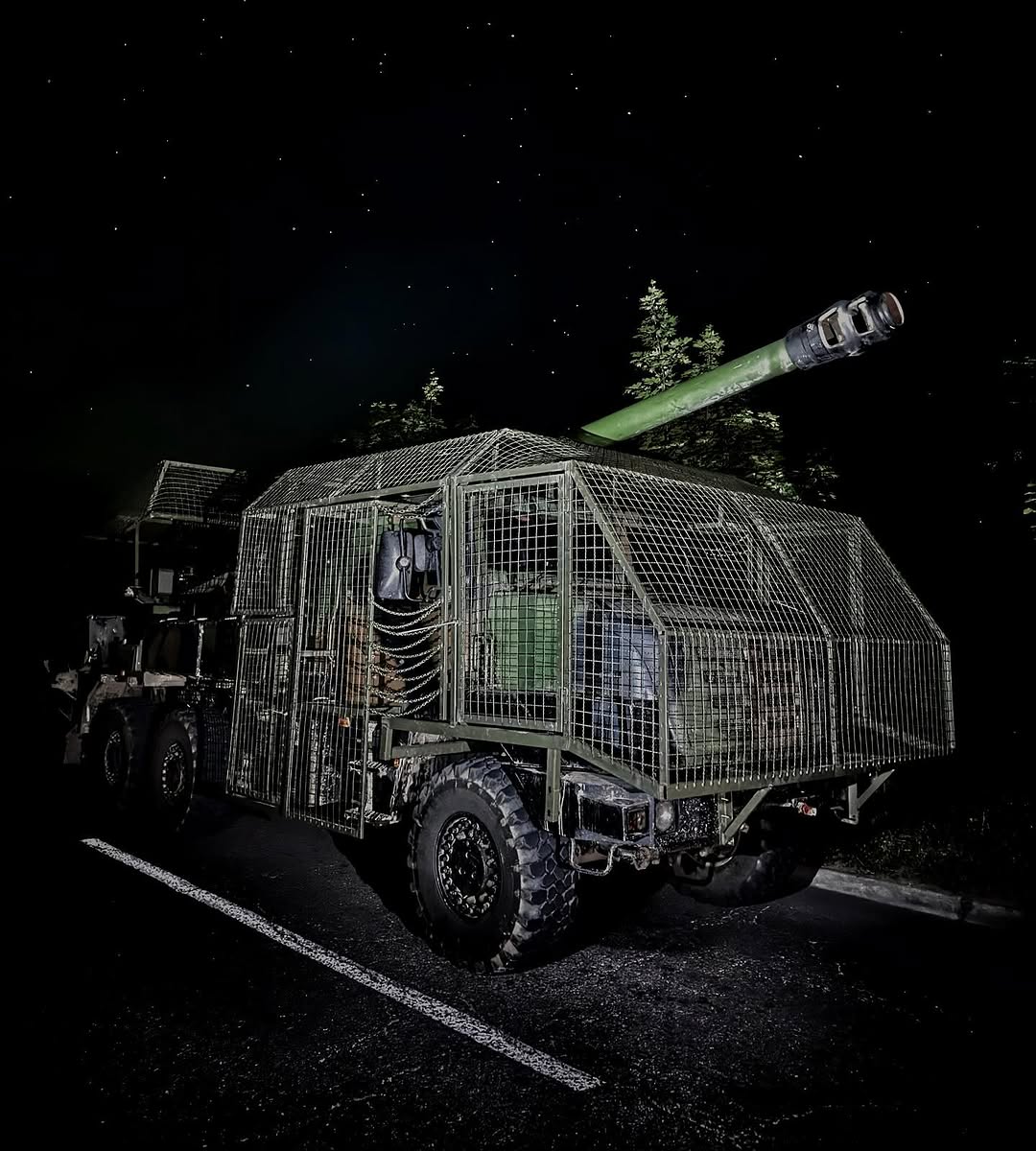
Ultimately, as drones remain a dominant force on the battlefield, all types of equipment must be adapted accordingly. These add-on structures are becoming essential not only for improving the survivability of vehicles but also for saving the lives of their crews.
Read more: Heidrun Operators on Night Surveillance Missions and Drone's Performance in Real Combat



